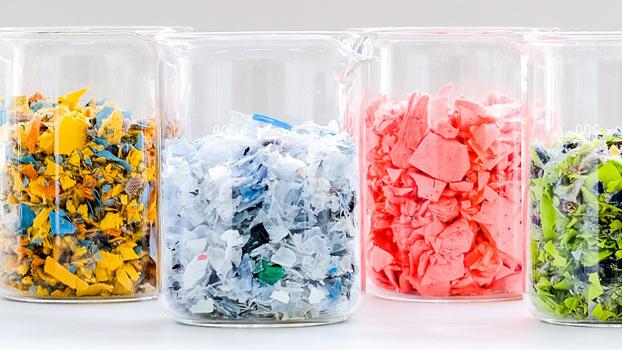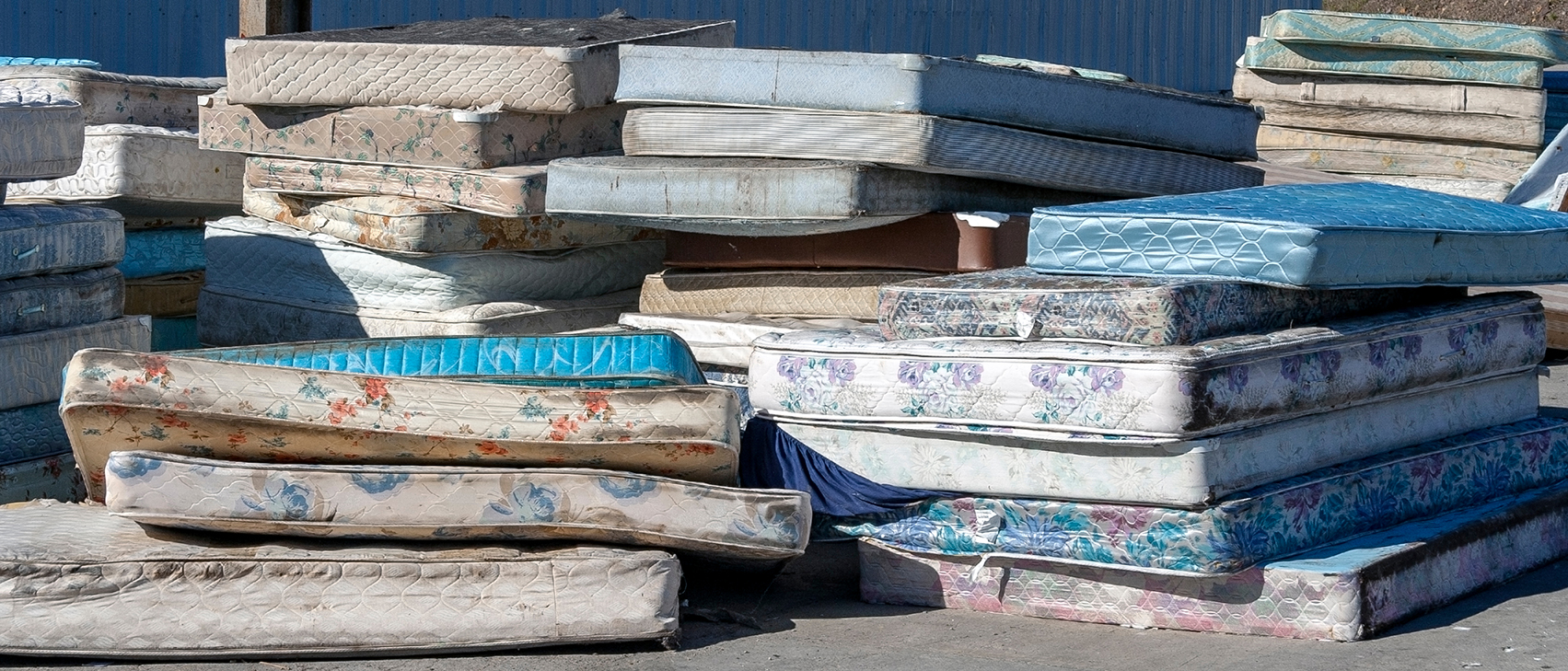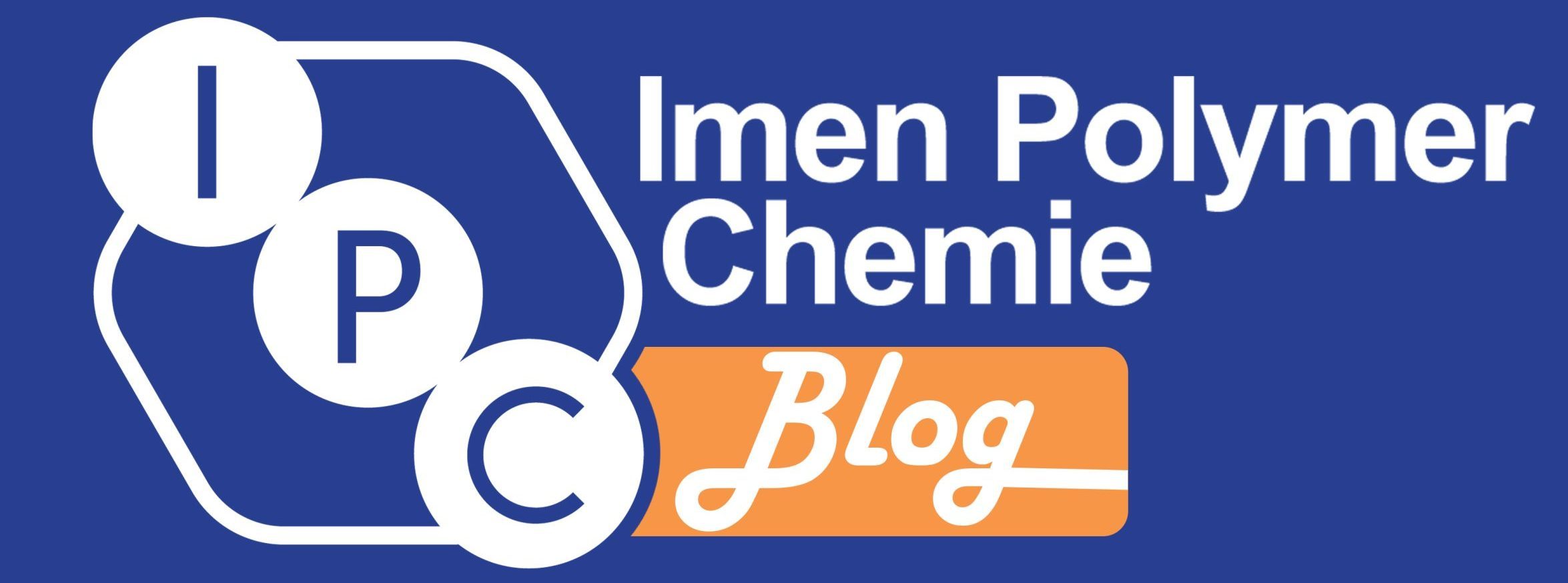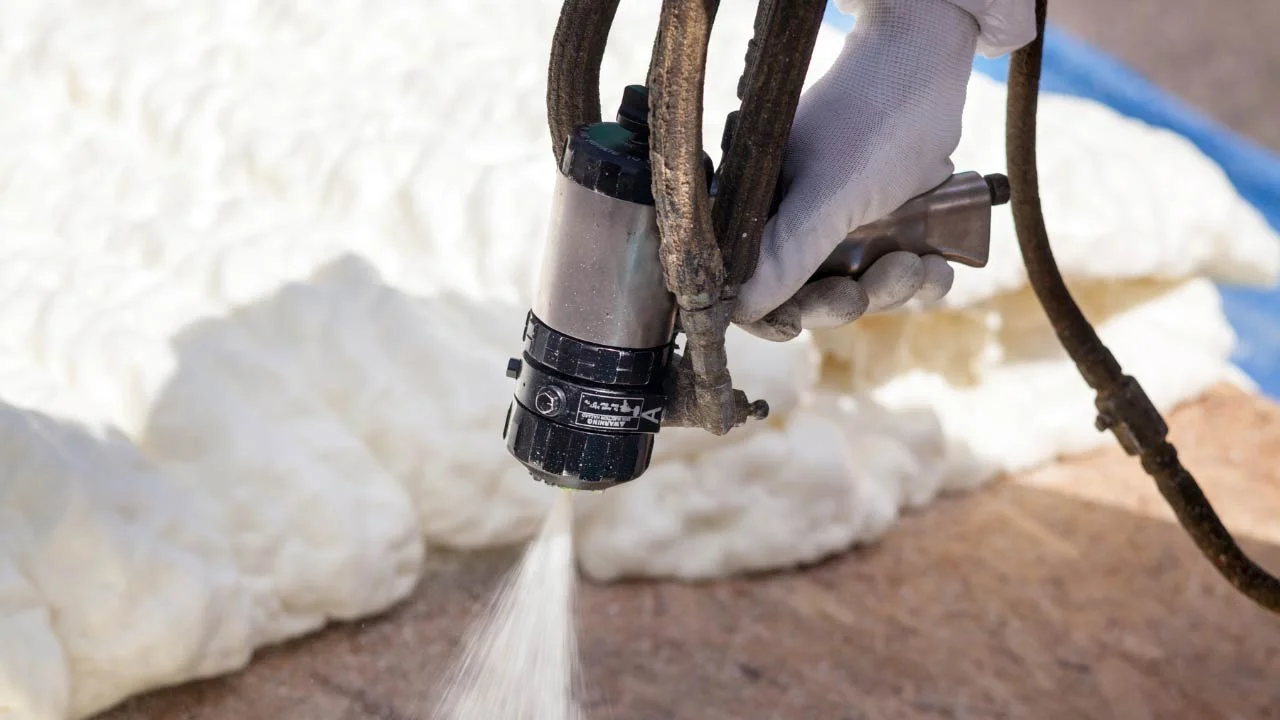Table of contents
The production rate of mattresses depends on several factors, including demand, factory production capacity, and the type of mattress (foam, spring, orthopedic, etc.). The lifespan of these mattresses is influenced by the quality of the materials used, the type of mattress, and how it is utilized, typically lasting around 7 to 10 years. Higher-quality mattresses may last longer, while cheaper, lower-quality ones may wear out sooner.
Once their useful life ends, mattresses gradually lose their sleep-enhancing properties, potentially causing issues like back pain or physical discomfort. Most mattresses are discarded after this period and sent to either landfills or recycling centers. Recycling prevents mattresses from accumulating in landfills, occupying valuable space, and contributing to environmental pollution. Hence, recycling programs have been designed to properly separate and reuse the materials that make up mattresses. By participating in these programs, you support a sustainable future and help preserve natural resources, as the primary components are often derived from fossil fuels.
Challenges in Recycling Polyurethane Materials
In 2022, the global polyurethane market reached approximately 26 million tons, with projections for 2030 estimating around 31.3 million tons, about 60% of which will be in various forms of foam.
Manufacturers in the polyurethane industry use unique formulas to achieve specific material properties in their products. Consequently, the process of separating and returning these materials into the production cycle requires specialized infrastructure and technologies. To achieve a truly circular economy in polyurethane recycling, several challenges must be addressed, including:
- Waste segregation
- Logistics
- Categorizing different types of polyurethane
However, a small but growing industry exists that chemically breaks down (depolymerizes) polyurethane into its primary components, polyols and isocyanates, for reuse as raw materials in new polyurethane products. In other words, there is still a long way to go before this process can produce materials competitive with virgin ones. Separating and purifying the desired components remains costly.

A New Approach to Recycling Flexible Polyurethane Foam
Researchers at Aarhus University have discovered a better method for recycling polyurethane foam from items like mattresses. This is good news for an industry seeking to chemically recover the core components of this material, aiming to reduce costs and improve product quality.

They based their method on what related companies currently use, breaking down polyurethane foam with acid (acidolysis), but these companies do not separate the decomposed foam into polyols and isocyanates. This results in a mixture that cannot be directly reused and requires new formulas for customers.
The university’s researchers not only managed to break down the polyurethane foam and separate its two main components, but they also accomplished this in a single step. They heated flexible polyurethane foam to 220°C in a reactor with a small amount of succinic acid. A filter was then used to collect one material while allowing the other to pass through.
In other words, polyols were the material that passed through, allowing them to be used in new polyurethane production with a quality comparable to virgin polyols. The solid portion of the product mixture, which was filtered out, underwent a simple hydrolysis process, turning it into a type of diamine used in the production of isocyanates and, ultimately, polyurethane foam.
Thus, the researchers were able to recover up to 82% by weight of the original flexible polyurethane foam (used in mattresses) into two separate components: diamines and polyols. The researchers recently published their findings in the journal Green Chemistry.




